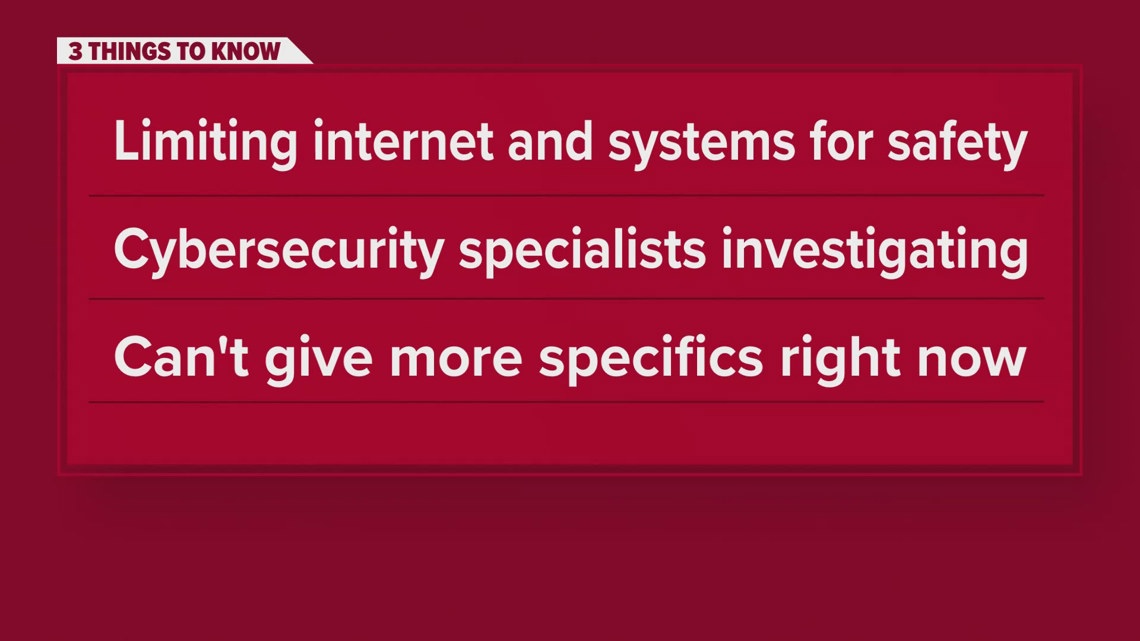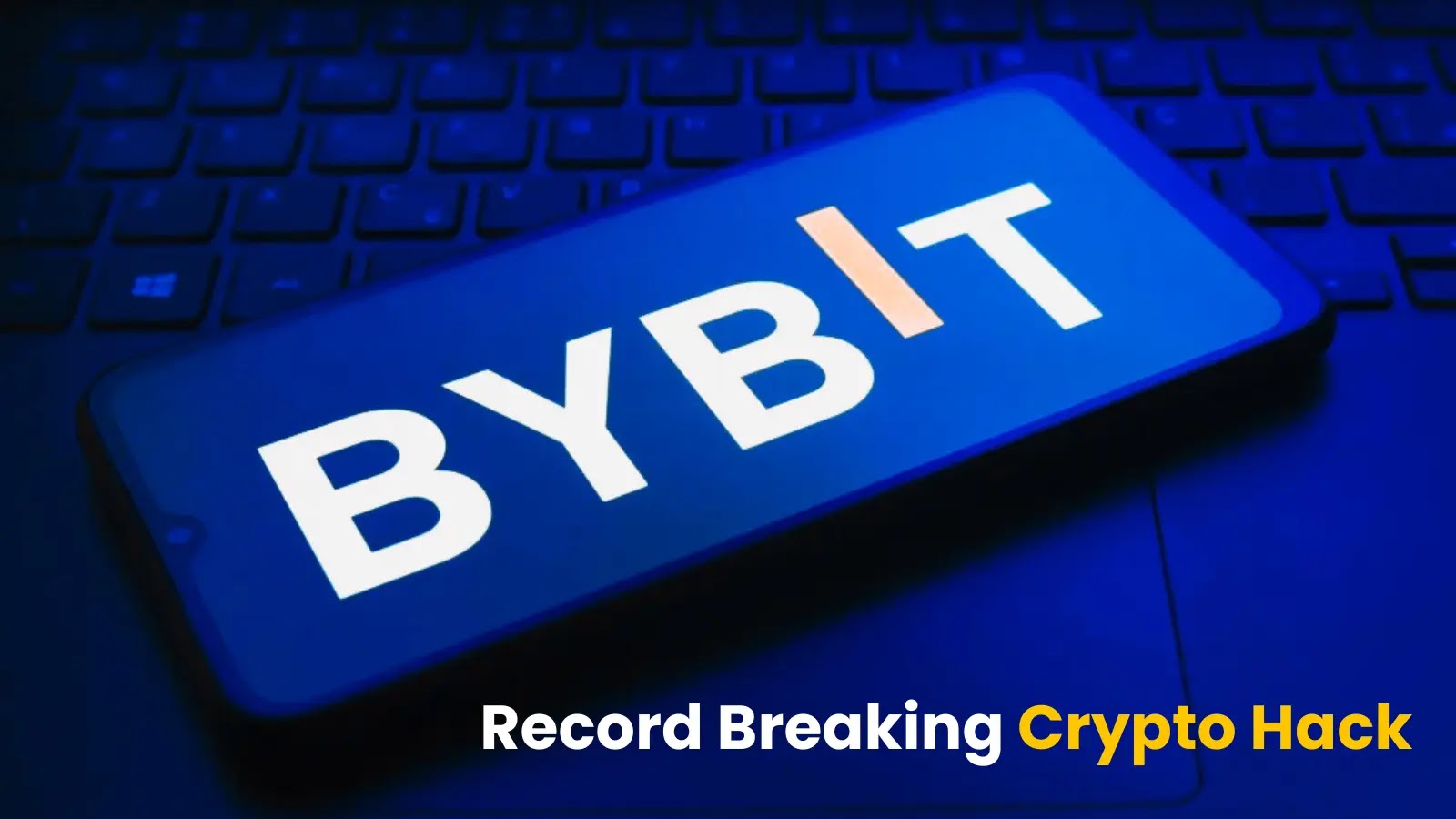Hey there fellow Bay Area techies—especially those of you in the healthcare or cybersecurity spaces! You’ve probably faced down your share of hackers hidden away in your networks, databases, and endpoints. It’s the modern world’s version of a game of hide-and-seek, and the stakes can feel pretty high when you’re dealing with sensitive information and system security.
If that’s something you’re dealing with right now, take a deep breath. You’re not alone. Threat hunting isn’t just a fun buzzword—it’s a vital part of protecting your digital assets, and it’s something most businesses have to get involved in at some point or another.
So, how exactly does threat hunting work, you ask? It’s a kind of Whac-A-Mole game that analysts play against hidden cyber threats. Hackers can often remain undetected in a network for months, slowly gathering up login credentials and sensitive data. To stop them, you’ve got to get into their heads and think like they do. Sounds pretty cool, right?
Remember, threat hunting isn’t something you just do once and then forget about. It’s more like a journey, and one that usually consists of three main phases:
1. Trigger: In this phase, you collect info about your environment, brainstorm about potential attacks and select what you think might be the most likely issue.
2. Investigation: Once you’ve got your ‘trigger,’ you start scanning for anything unusual that either backs up or disproves your theory.
3. Resolution: Now that you’ve gathered enough info about potential threats, you share that knowledge with your team and decide on what steps to take next.
Pretty straightforward, right? But how do you figure out the best way to hunt for those threats? Well, it all comes down to your approach, and there are three main types you can choose from:
1. Structured: This is all about systematic, repeatable processes. Create a clear checklist of what you need to analyze and what steps to follow each time.
2. Unstructured: This is more of a freestyle kind of approach. Here, you’re leaning heavily on your experience, instincts, and understanding of your system to spot anomalies.
3. Situational: This is like threat hunting on-demand. Instead of constantly looking for threats, you focus on specific incidents as they occur.
No matter what approach resonates with you, the whole point is to detect potential threats before they cause major issues. You need to be ready, willing, and able to face threats directly and eliminate them as quickly and efficiently as possible. But don’t worry, there are plenty of helpful tools out there to guide you on your threat hunting journey.
Sure, it’s not always simple, but nothing worthwhile ever is. Threat hunting is a crucial piece of the cybersecurity puzzle. But remember that it’s not a one-time thing—it’s a marathon, not a sprint. Whether you’re looking for threats lurking in your system, responding to incidents, or just trying to keep your heads down and your data secure, remember that you’ve got allies in the fight against cyberthreats. And that, fellow Bay Area techies, is no small thing.
Keep on hunting – we’re all in this digital world together.
by Morgan Phisher | HEAL Security




